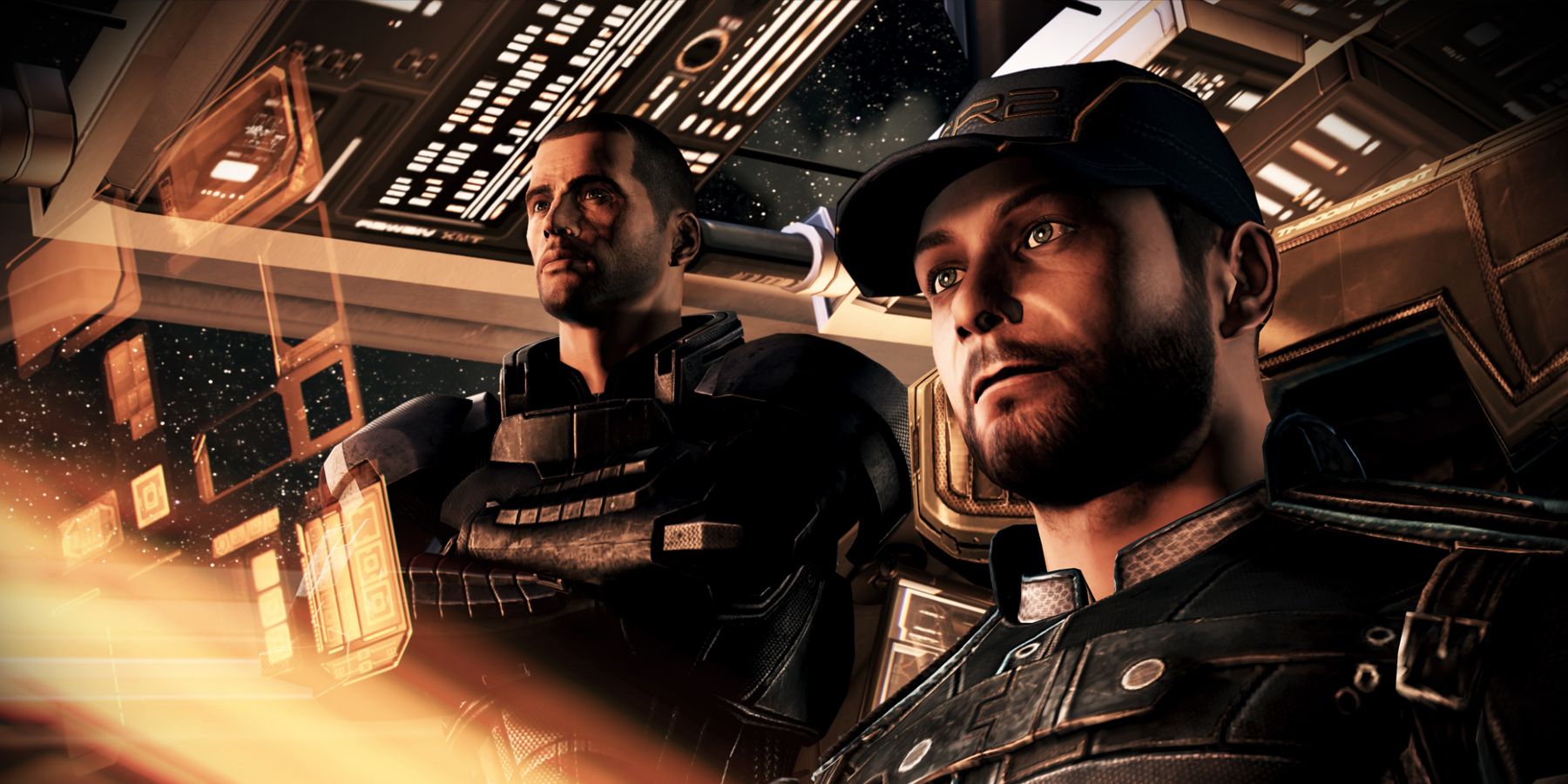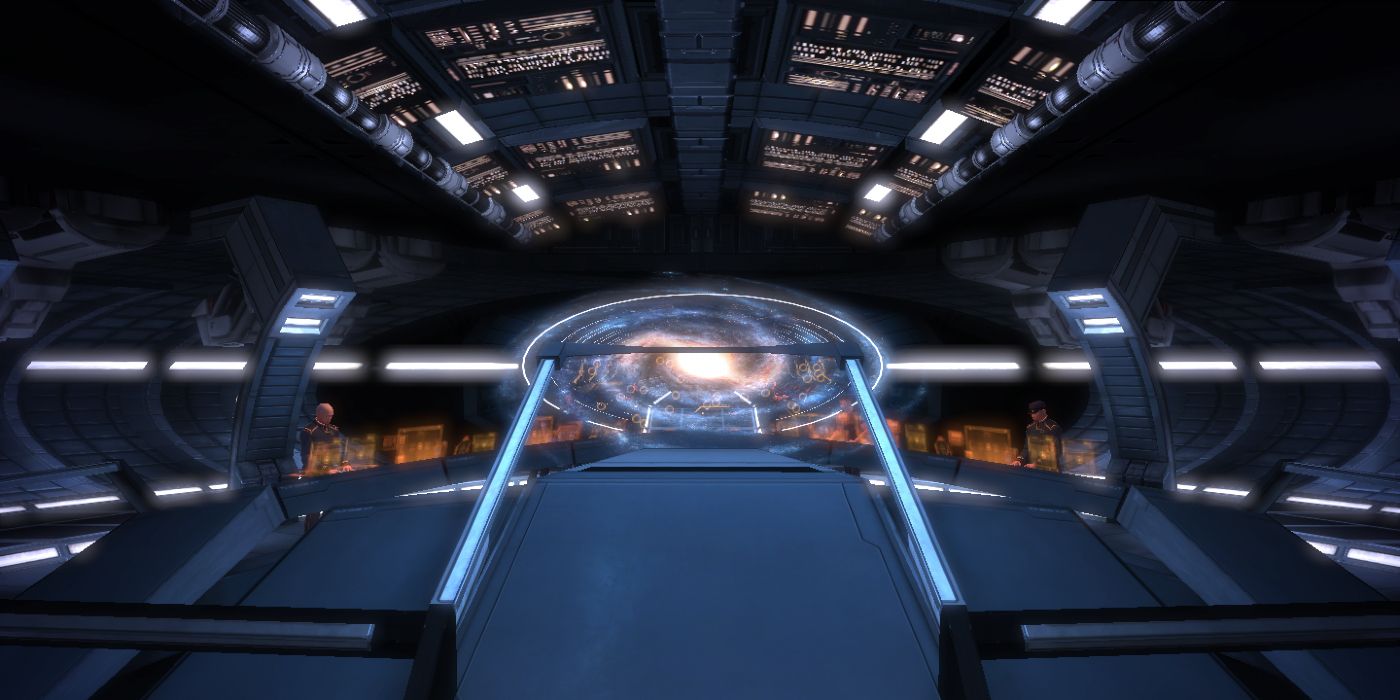Mass Effect 2 made many improvements over its predecessor in terms of minute-to-minute gameplay. The combat is not nearly as clunky, and many systems were streamlined so the game was less bloated with items. Even though it's generally regarded as superior to the first game in everything but writing, the sequel still has some notable criticisms. One that is often discussed is the tedious nature of resource harvesting, which requires the player to scan planets and launch probes in Mass Effect 2 from orbit when a graph says large quantities of raw materials are present.
This probe system is part of the sequel's replacement for the missing Mako exploration from Mass Effect 1, which was also extremely tedious. Instead of collecting raw material samples from the surface to complete a side quest, Mass Effect 2 has players collecting resources from orbit to manufacture upgrades to the Normandy, weapons, and armor. This incredibly boring mini-game is unfortunately required to have every squadmate survive the suicide mission, since the Normandy has to be fully upgraded.
The planet scanning mechanic is occasionally interesting when the game has players use it to find anomalies or landing zones related to a mission, but this is greatly overshadowed by the tedium of holding the left trigger, waiting until one of four segments on the graph goes up and the controller vibrates, then pressing right trigger, and waiting for the probe to do its thing ad nauseam. It's unfortunate that the probe launching is largely what is remembered from Mass Effect 2's galaxy map, since it is a major improvement over the first game's.
Mass Effect 2's Galaxy Map Makes Interstellar Travel Interactive
The galaxy map in the first Mass Effect was little more than a glorified menu. Players simply move a cursor around to select star systems and planets. Mass Effect 2's galaxy map is not really all that different, but some added flair essentially turns it into a satisfactory mini-game. The cursor is replaced by a miniature version of the new Normandy SR-2 ship, which the player controls as it flies around the cosmos. Instead of zooming in and out, players fly to the edge of a star system in order for the perspective to widen, allowing other systems to become visible.
Although it's never truly difficult, some extra strategy is needed thanks to the addition of fuel. When traveling between systems, the Normandy burns through its fuel reserves, meaning players will have to spend credits to purchase fuel and plan their routes. Each cluster has a limited number of Mass Effect's iconic Mass Relays, meaning traveling large distances require the player to actually approach a Relay much like the Normandy actually would. The revamped galaxy map isn't as significant an upgrade as the combat in Mass Effect 2, but the added immersion from personally flying around the stars is a nice touch, even if it is overshadowed by a burdensome resource farming system.


